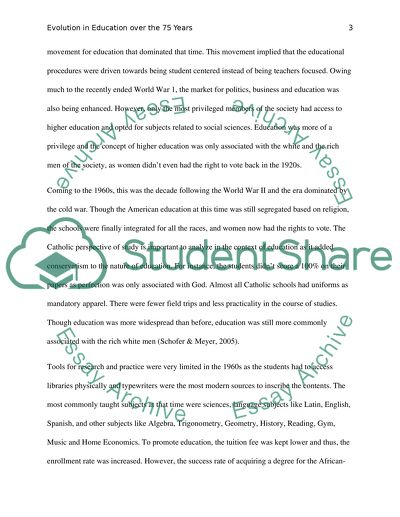Cite this document
(“Evolution in Education over the 75 Years Research Paper”, n.d.)
Evolution in Education over the 75 Years Research Paper. Retrieved from https://studentshare.org/sociology/1447420-how-has-education-changed-over-the-past
Evolution in Education over the 75 Years Research Paper. Retrieved from https://studentshare.org/sociology/1447420-how-has-education-changed-over-the-past
(Evolution in Education over the 75 Years Research Paper)
Evolution in Education over the 75 Years Research Paper. https://studentshare.org/sociology/1447420-how-has-education-changed-over-the-past.
Evolution in Education over the 75 Years Research Paper. https://studentshare.org/sociology/1447420-how-has-education-changed-over-the-past.
“Evolution in Education over the 75 Years Research Paper”, n.d. https://studentshare.org/sociology/1447420-how-has-education-changed-over-the-past.


